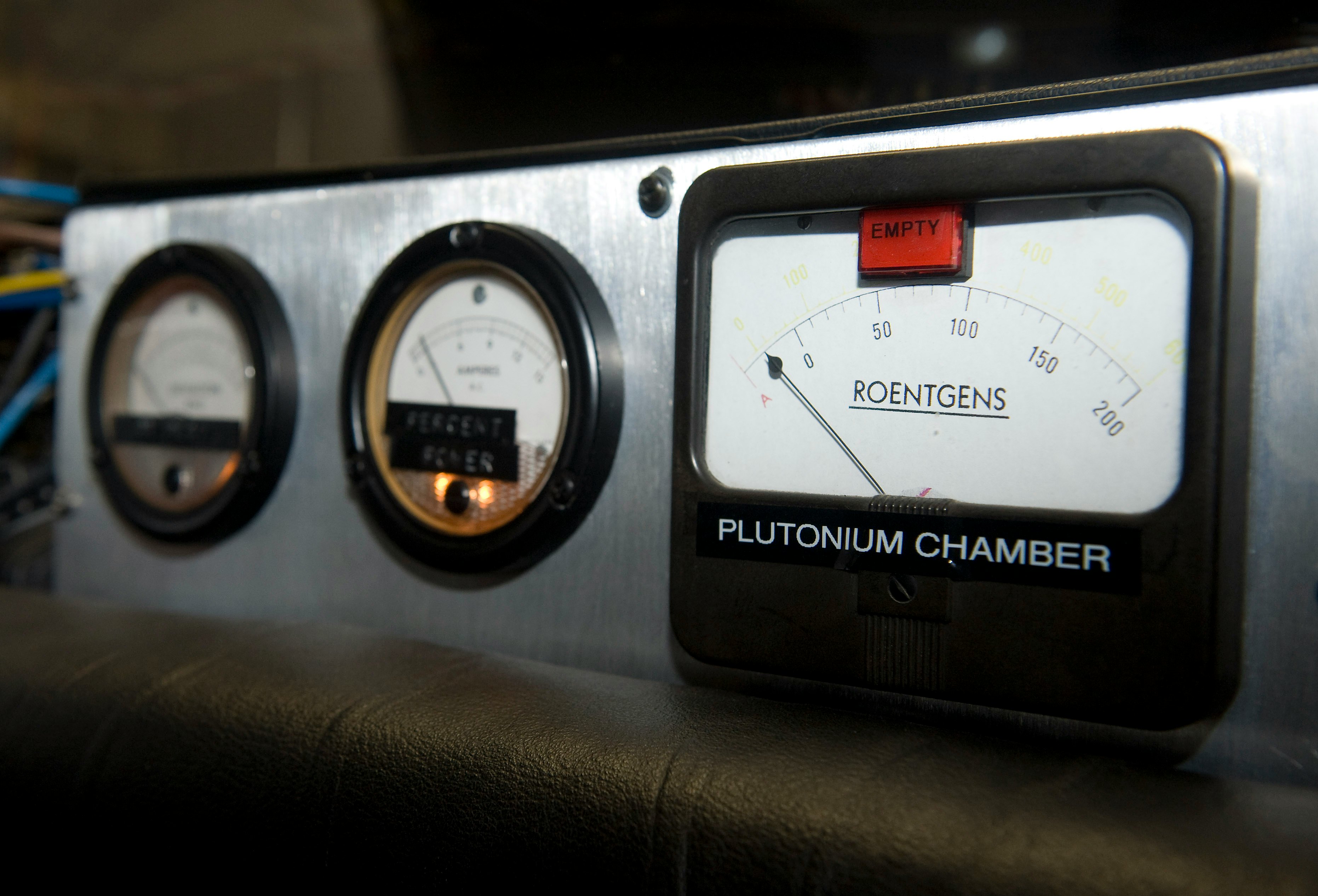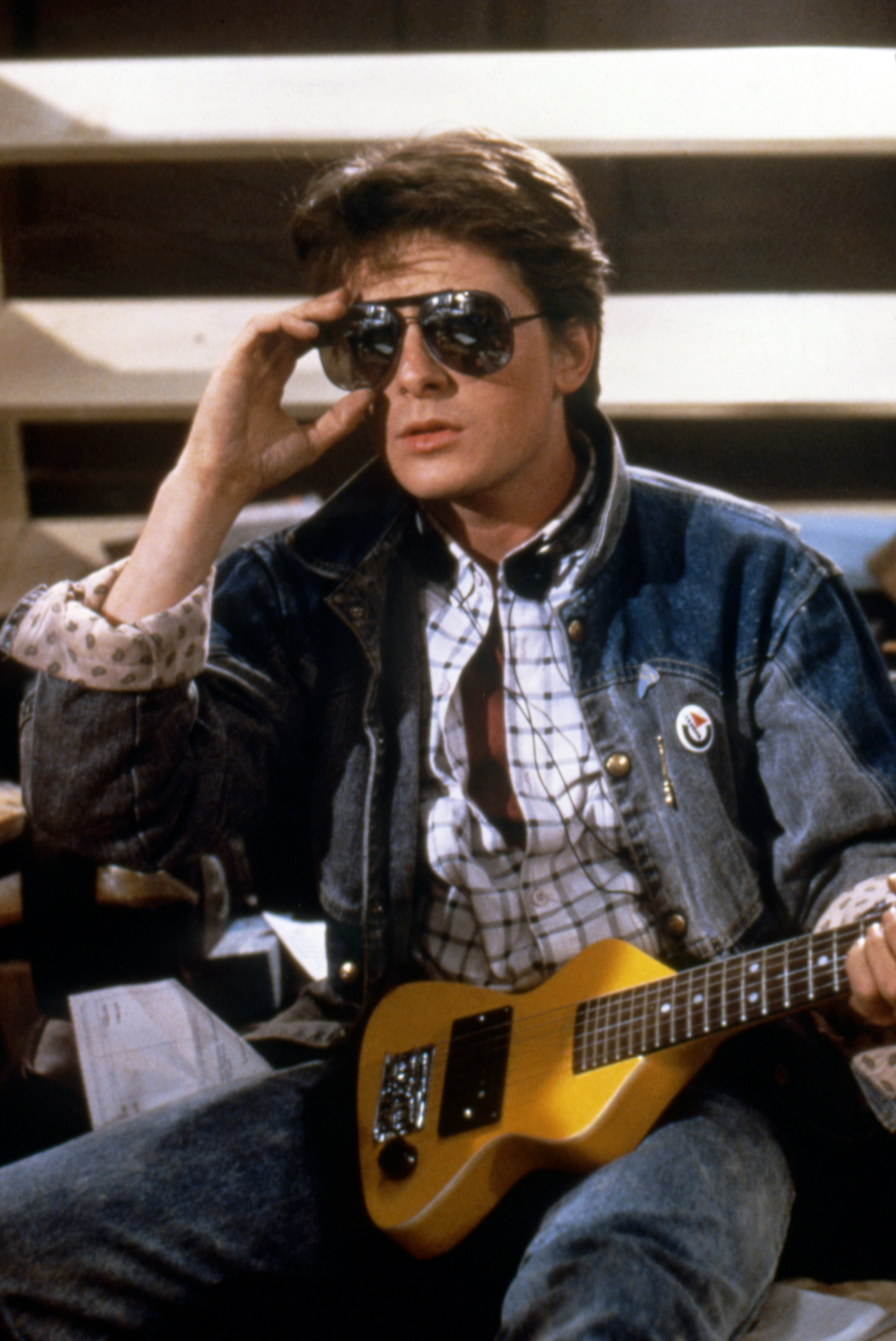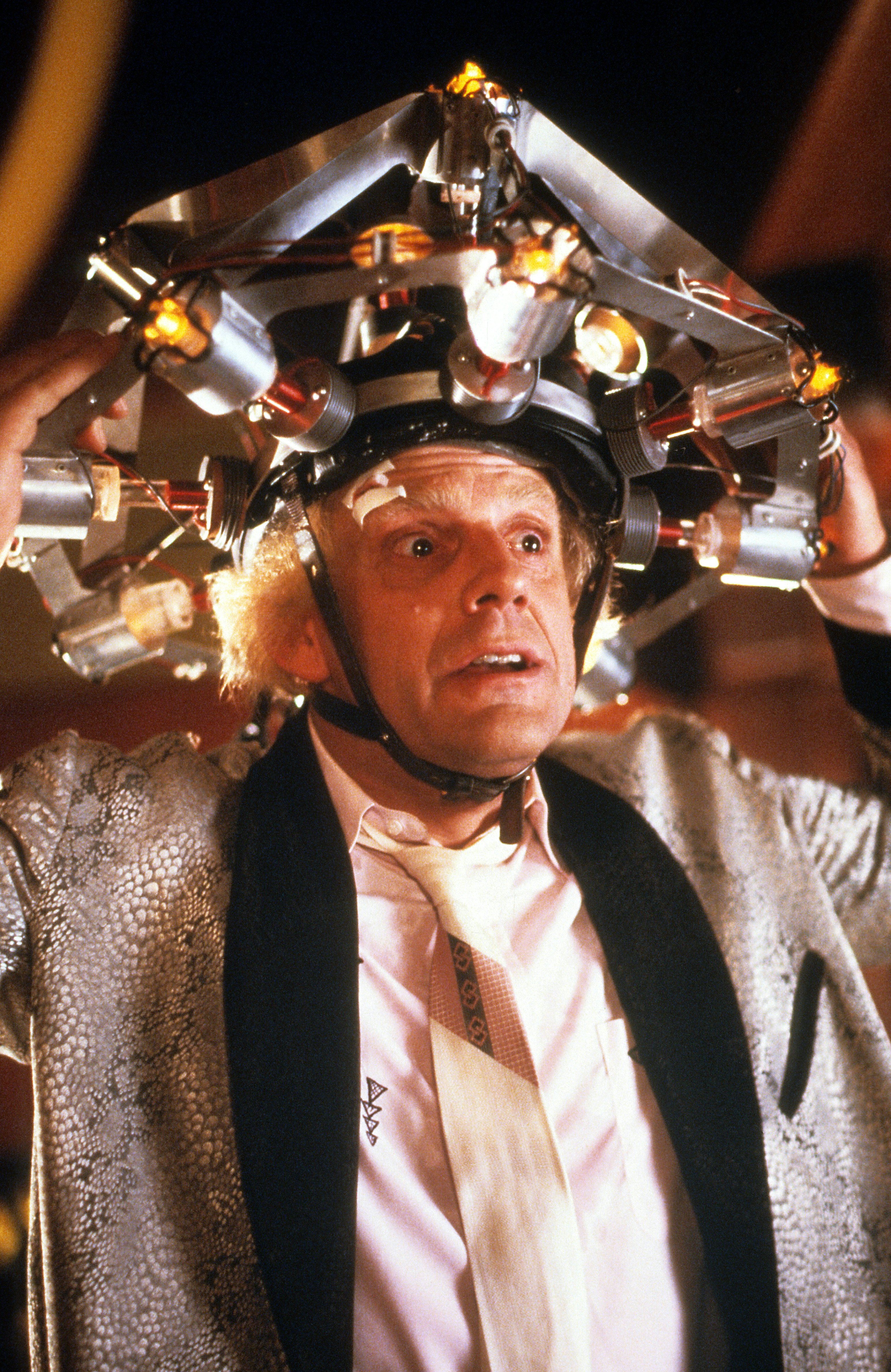
Science fiction is, in most ways, not a true genre. And that’s because sci-fi often contains so many other genres within it. Instead, science fiction is probably closer to a setting or a set-up, a basic notion that allows a story to happen. The best example of this hidden truth can be found in the most important genre-busting movie trilogy of all time. Started in 1985 and concluded in 1990, one series of sci-fi films dared to be a romantic comedy, a buddy comedy, a mystery, a thriller, a historical drama, a family drama, a commentary on nostalgia, a cautionary tale, and somehow a western all at once.
That movie trilogy is, of course Back to the Future, which Netflix just added for your streaming convenience. But how did this groundbreaking film franchise pack in so many different genres into just three movies? The capacious nature of Back to the Future is part of why all three films were so successful. But what’s so interesting is that it almost never happened at all.
Although the first Back to the Future begins in the year 1985 (the same year it was released), the origin of the films started in 1971, when writers Bob Gale and Robert Zemeckis met in a Cinema 290 class at the University of Southern California’s School of Cinematic Arts. As chronicled in Caseen Gaines’ book We Don’t Need Roads, what cemented a friendship between the Bobs was a desire to make the same kinds of movies. “They soon realized that, while the majority of their classmates were absorbed with the idea of creating highbrow cinema, they were more interested in making movies that average joes would want to see.”
This approach certainly describes the aggressively accessible and relatable approach to how the Bobs wrote Back to the Future. The first draft of what would become the first film was completed in early 1981, but, after shopping it around to several studios in Hollywood, they were told that the 1950s concepts would be off-putting to young kids in the ‘80s. Essentially, a 1980s teenager heading back in time to the 1950s wasn’t punk rock enough to be marketable. (Of note, 1950s nostalgia was precisely what had given George Lucas his first hit movie, American Graffiti in 1973.)

What saved Back to the Future was the support of Steven Spielberg, who had become a kind of mentor to Robert Zemeckis. Eventually, the movie was produced by Amblin Entertainment as the first film under Spielberg’s banner that Spielberg himself did not direct. It’s easy to say the rest was history, but of course, the original Back to the Future had a few more bumps before it became the classic we know today. Initially, Eric Stoltz was cast as Marty McFly and shot a huge chunk of the movie before Zemeckis and others realized he wasn’t quite right for the role.
This momentous decision was obviously not great for Stoltz, but it clearly changed the course of movie history. Michael J. Fox’s take on Marty is the one we remember, and for good reason. Fox was 23 when he filmed Back to the Future, making him just close enough to his teenage years in real life to truly channel the ethos of Marty. Despite how outlandish the movies were, Fox grounded the entire project. Yes, Christopher Lloyd’s Doc is iconic, but without a relatable Marty, the genre-busting kookiness of Back to the Future wouldn’t have landed.
With two back-to-back sequels in 1989 and 1990, Zemeckis and Gale took the story even deeper into science fiction tropes than had been attempted previously. Even though The Terminator had hit theaters the year before Back to the Future, the idea of time paradoxes (predestination or otherwise) wasn’t that common in mainstream blockbuster movies. Not only does Part II take place in an imagined future, it also occupies an alternate timeline, created by events that happen in both the future and the past.

The moment in Part II in which Doc Brown busts out a chalkboard to explain why Marty can’t go back to the future and stop Old Biff was groundbreaking for all of TV and film sci-fi at the time. Yes, the likes of Star Trek and Doctor Who had been messing around with paradoxes on TV for years, and of course, the ideas were even older than that. But before Back to the Future, no mainstream movie had explained all of these details to the audience and kept the story moving.
The rules of time travel, for generations of sci-fi fans, were cemented in Back to the Future, even if those rules aren’t really rules at all. And by embracing the inherently contradictory nature of time travel, Zemeckis and Gale were able to pack in several other genres into the entire trilogy.
Today, we take this all for granted. Back to the Future exists as a classic film trilogy and deserves its status as being beloved and nearly perfect. And yet, when one considers how risk-averse movie studios were back then — and now! — the alternate dimension in which the movie was never made at all seems all too easy to imagine.







